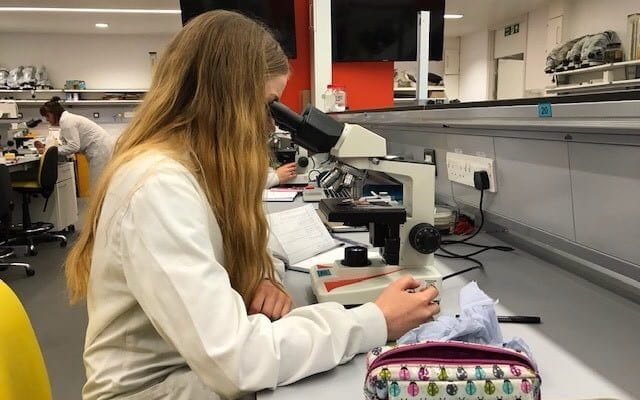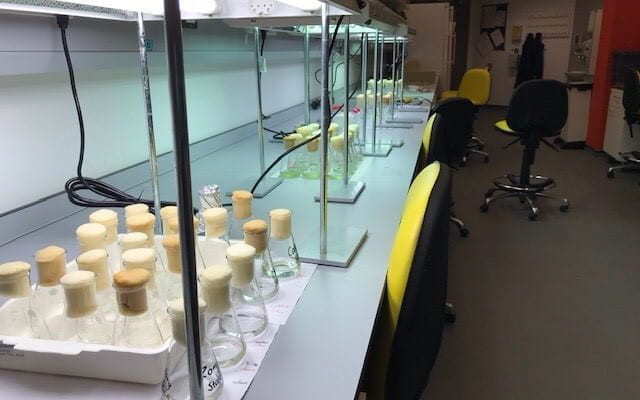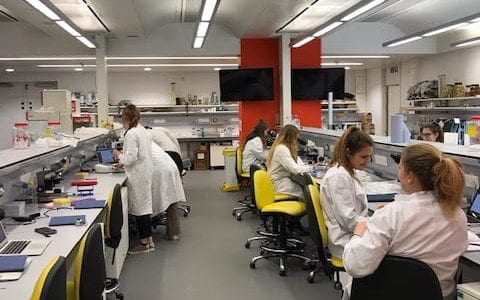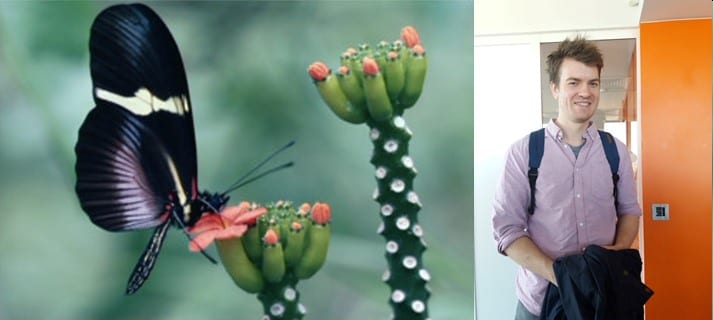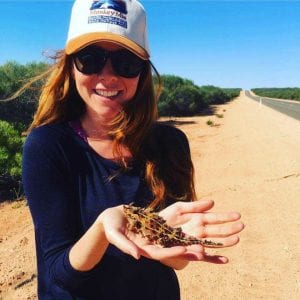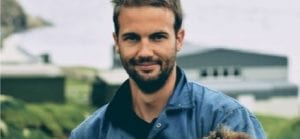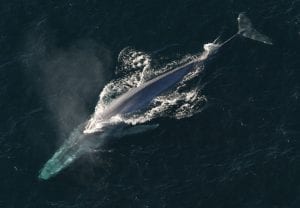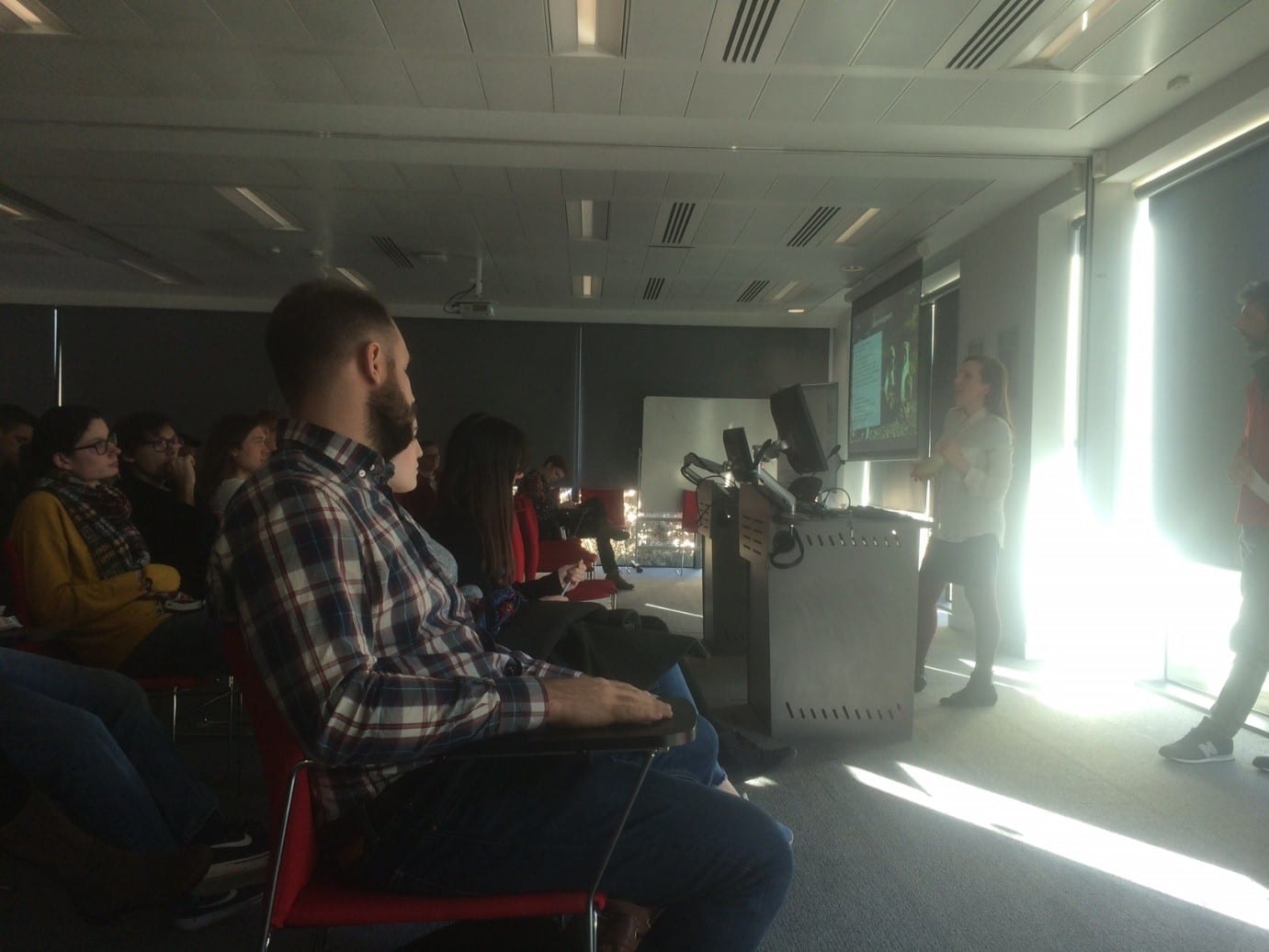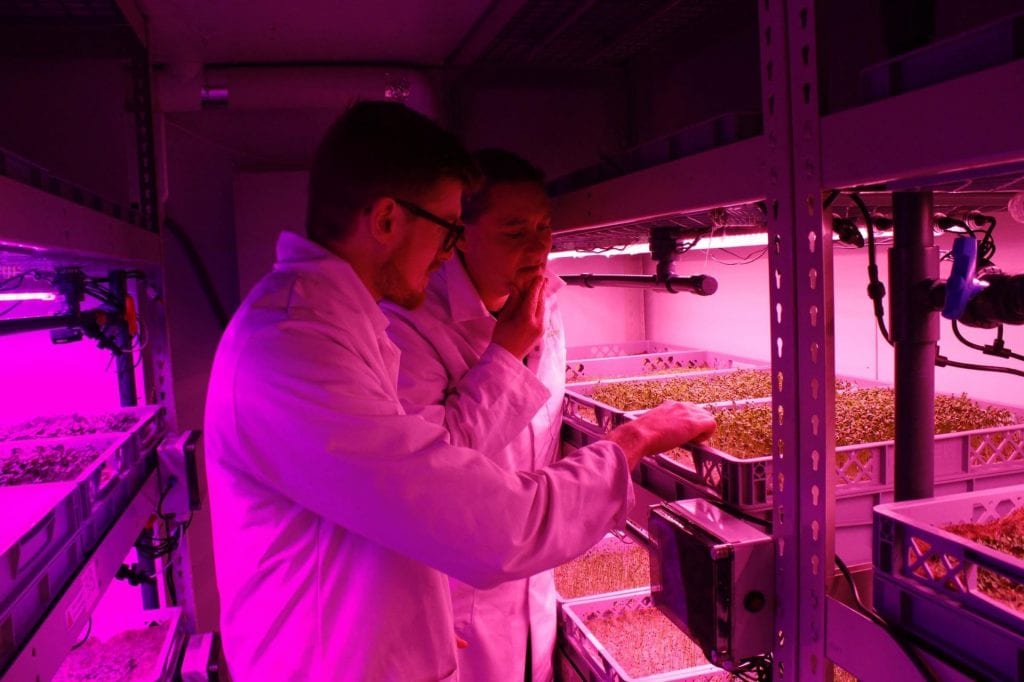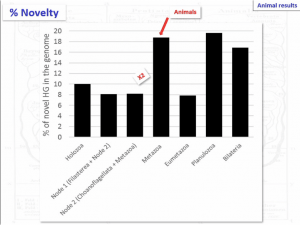
I had decided that I wanted to be a Zoologist by the time I was five years old. My love for animals had started with my dad telling me about different bird songs as we walked through the park on the way back from school and had progressed into Christmases filled with new wildlife books and animal-themed stationary. I then became obsessed with dinosaurs after my mum had taken me to the London Natural History Museum for the first time. All I wanted was to finish school so that I could learn about the things that I wanted to study for the rest of my life. And there was one continent that I wanted to travel to. Africa. My dad had spent his younger years living in different countries in Africa carrying out advertising and business work. He often used to tell me stories about the animals he would come across driving back from the office and how the sky was beautiful in the evening, filled with crystal-clear stars. He would tell me of the people, the culture, and the laughs he had had with the local people. David Attenborough’s BBC show on Africa only mesmerised me more. I needed to go.
“The savannah was all around me, the gold sunlight I had thought about for so long was enveloping the vehicle that drove us to the camp”
I took a gap year and worked in a hotel in my hometown. I was working 70-hour weeks and I wanted to quit almost every day. The only thing that was keeping me going was the thought that in a few months, I would book a trip of a lifetime with the money I had saved. Finally, it was arranged. I was heading off for nine weeks with a charity to carry out a conservation internship, specifically looking at herbivore numbers and human-wildlife conflict. The day I arrived was surreal. The savannah was all around me, the gold sunlight I had thought about for so long was enveloping the vehicle that drove us to the camp. I was about to embark on an experience of a lifetime; meeting new people from around the world, becoming immersed in African culture, and seeing some of the animals I had only seen on TV and in my dreams. Although I could spend many hours writing about my trip, I am going to tell you about one incident that changed me in ways I could have never imagined.
“The animals we were seeing were incredible”
Our days consisted of being woken up at 6am either by our supervisor Hollie, or by the whooping hyenas outside our tents. Winter had hit Botswana, and the mornings were freezing. We stumbled around in our tents trying to change into warm clothes before heading to the main cabin for breakfast. Everyone else in our group seemed to struggle to eat anything at this time in the morning, but I was always hungry and would butter two large pieces of toast while making the strongest coffee that my stomach could handle. We would clamber into our white Land Rover and make our way into the bush. Mornings were dedicated to bird surveys; one person would sit with binoculars calling out every species of bird they saw, whilst the rest of us wrote the time and birds seen on our small notepads. The rest of the day was spent going to different areas and taking herbivore surveys. We would also sometimes test our skills at scat and track identification. The sun would start heating the ground at about 12, and the rest of the day was hot and intense. The animals we were seeing were incredible. Only a 5-minute drive from our camp, we would see elephants, warthogs, zebras, buffalo, giraffes, to name only a few, and hear the roars of lions in the distance.

“His tusks were magnificent, and it was only in this moment that the true tragedy of poaching and diminishing elephant numbers hit me.”
Botswana has the largest density of elephants compared to anywhere else in the world. The first time we saw an elephant I was in awe. We had come across an enormous lone bull on the side of a dirt road and we stayed for about 30 minutes just staring and taking him in. His size was intimidating, yet fascinating. His ears slowly flapped against his head while his trunk coiled around branches of a tree before he pulled it out with ease, spending the next minute munching away. He often raised his head to get a good look at us, but there was only curiosity in his small eyes. His tusks were magnificent, and it was only in this moment that the true tragedy of poaching and diminishing elephant numbers hit me. They are beautiful and captivating creatures. In the days after this sighting, we were lucky enough to see herd after herd of elephants.
But there was something in the air. Elephants had started to mock-charge our vehicle. They would trumpet with wild and terrified looks in their eyes, running at us and then stopping before impact. Sometimes this would go on for an agonising ten minutes. Although these events were terrifying, we had been reassured that actual elephant attacks were incredibly rare, and often the sound of their tusks against hard metal scared them away. Hollie had lived in Africa her whole life and had never seen anything like it. Nevertheless, we carried on with our daily routine.
“We came around a corner on the sand track. Suddenly there was an elephant.”
One evening we were driving back to our camp later than usual. Hollie had decided to take a different route home as we had heard about a family of lions in the area. We drove around for a while but unfortunately didn’t see a single paw or whisker. Our Landy picked up speed as we made our way back to camp. It was my time to cook that evening, and I was planning ingredients and spices in my head as we drove. We came around a corner on the sand track. Suddenly there was an elephant. I think we were more surprised than she was. She trumpeted and then jogged off. Hollie quickly reversed as we realised that there was, in fact, a whole herd of elephants ranging from babies to grandparents in front of us. The elephants seemed agitated. Suddenly a young male came running through the herd towards us. His eyes were wild, and he held is trunk high, trumpeting like mad. The other elephants started responding to him, their deafening calls getting louder and louder. He mock-charged the vehicle, charging at us then stopping a few metres ahead. We had started to become accustomed to this behaviour, and we expected him to eventually leave with his herd. But one charge later, he hit us. He charged will full force and smashed into the vehicle. We all screamed as his tusks came through the windscreen and missed Hollie’s head by only a centimetre. I had never felt such terror before. He stepped back and then rammed into the vehicle once more, pushing us back at full speed. Hollie desperately tried reversing the vehicle off his long tusks, but it was no use. He pushed us about 100 metres and then we slammed into a tree, our necks were flung forwards and the seats of the vehicle punched into our backs. My breathing was erratic and that’s when it struck me. We might die. I am all the way in Africa, miles away from home and I might die. The elephant was going mad. He came around the side of the vehicle and began rolling us. Amidst my terror-stricken thoughts, I heard Hollie’s voice. “Out! Get out! Everyone out!” We used the incline to drop us out of the vehicle and then we ran. I set my eyes on a nearby tree and aimed my shaky run towards it. Three of us ended up behind the same tree, and Hollie had to hold her hand over my mouth to try and quieten my breathing. The elephant was crushing and breaking our vehicle in front of us. The glass had shattered everywhere, the front doors had been torn off, and the metal was crumpled. It felt like an eternity, but he finally walked away after hearing numerous calls from his herd in the distance. And just like that he was gone.

“We had to walk slowly and quietly so that we wouldn’t disturb any other animals.”
We slowly started to come out from behind our trees in stunned silence. Some of us began to cry, and others were sick from the shock. We had nothing to protect us anymore. The Land Rover was in ruins, and there was nobody for miles around. Hollie grabbed the emergency box from inside the vehicle which had, fortunately, survived the force of the elephant’s feet crushing the metal doors. Inside was the satellite phone that was designed to work anywhere, even without signal. But it didn’t work. This spot seemed to be the only place in all of Botswana that was completely dead. We took it in turns to carry on trying, while Hollie paced around the vehicle working out what we should do. We had two options; we could stay there and hope that the nearest camp was taking tourists out on a safari that afternoon, or we could walk back to the lodge, which is rule number one of the things to never do when in the African bush. We had no water left and it would soon start to get dark. Hollie made the decision to walk. We had to walk slowly and quietly so that we wouldn’t disturb any other animals. If we were to see another elephant, we had to climb up trees. We must have walked for only 15 minutes when we heard a vehicle. Suddenly around the corner, the other camps Land Rover came racing towards us. One of the men looked terrified and relieved when he realised that we were OK, “You’re alive! The condition of the car! What happened?”
The rest of the trip was of course affected by this event as anything like this was completely unheard of in the area. We concluded that this herd was migrating from an area of intense poaching and on seeing the vehicle, had associated it with danger, pain, and loss. I had no anger towards the elephants. In fact, I felt proud of them. Proud that they were revolting against our monstrous race and taking control. It is estimated that 100 African elephants are killed for their ivory and meat every day. The attack was a stark reminder of what this really means and how this affects the elephants. Just like us, they were terrified. The attack changed me in a way I had not expected. I felt closer to elephants than I had ever done before, and I had felt their power and rage which had been created by our own species. I now devote time to educating people about poaching and conservation. If everyone had the experience I have had, perhaps we would think differently before messing around with these beautiful animals.
This story has been published in the February issue of the BBC Wildlife Magazine, written by my team leader Hollie in her own words. Get your copy now online.
And remember. We don’t own animals. It is not our right to abuse or use them. We live together on this planet and we should be building a future based on respect and harmony. Conservation matters. Let’s spread the word.
Written by Octavia Brayley, Zoology (BSc)



